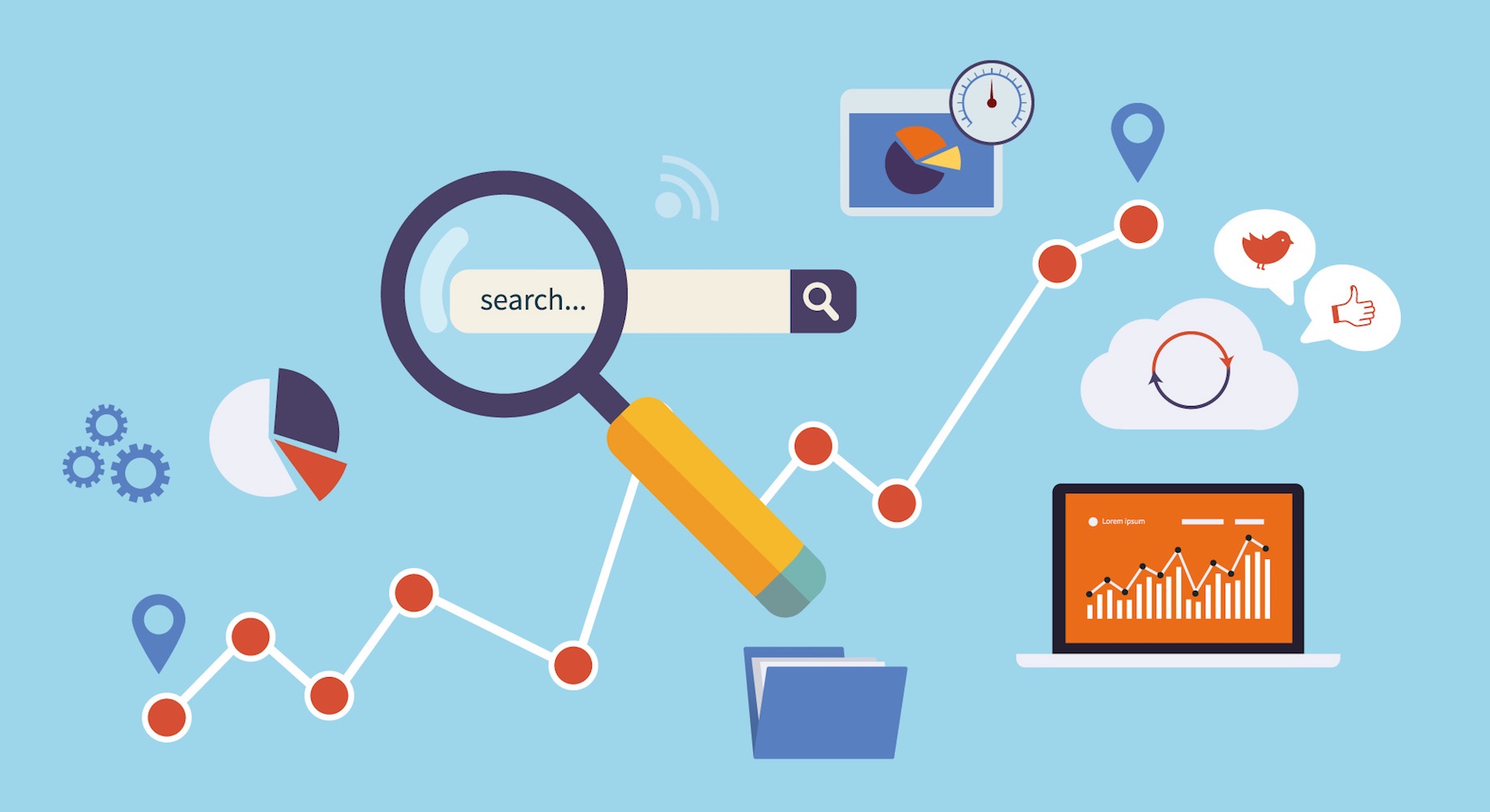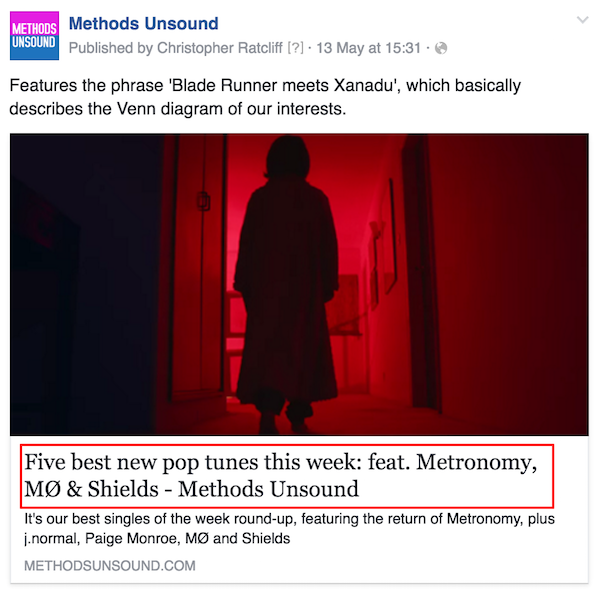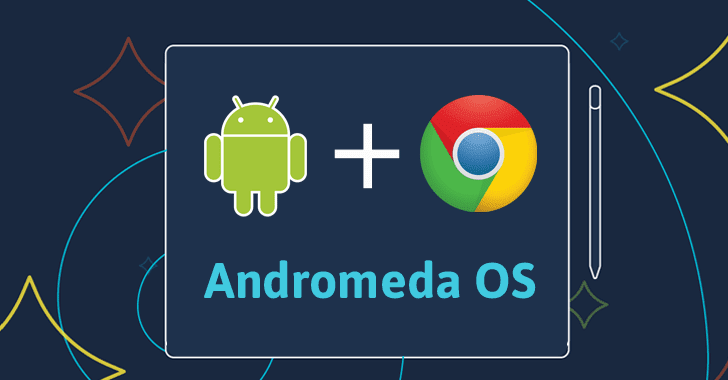 Last week, we explored the art of perfecting title tags for SEO dominance. This week, we’ll explore another vital meta tag: the meta description.
Last week, we explored the art of perfecting title tags for SEO dominance. This week, we’ll explore another vital meta tag: the meta description.
The meta description is the text that appears below the link in SERPs, as below:

Meta descriptions should be about 135 – 160 characters long, although Google has tested longer snippets. Any time quotes are used in the meta description, Google cuts the text off. To prevent meta descriptions from being cut off, it’s best to remove all non-alphanumeric characters.
Google uses meta descriptions to pull preview snippets on SERPs and return results when searchers use advanced search operators to match meta tag content, but unlike title tags, meta descriptions do not directly influence Google’s ranking algorithms for normal web search since meta description keywords are not ranked.
While meta descriptions do not directly affect SEO, they do indirectly impact it. The prominence of meta descriptions in SERPs makes them a very valuable UX component and a tool for enticing searchers. While keywords do not affect ranking, they are bolded in the meta-description, which attracts the eye and can help influence a searcher’s decision to click. Thus the use of keywords in meta descriptions can be beneficial to increasing Click Through Rate (CTR). The Click-Through-Rate is the ratio of searchers who click on a page compared to how many searchers see it. CTR is highly valued in search rankings. Since meta descriptions are one of the first things that a searcher will see, they can influence them to click, increasing CTR and boosting SEO.
The ideal meta description articulates the value proposition which a company or web page offers in a precise way while taking into consideration the competition that the page is up against in SERPs. It assumes an active voice and includes a call to action. Web developers can enrich a meta description by using schema markups like star ratings, customer ratings, or product information, to increase the appeal. See below for example:
Sometimes meta descriptions are unnecessary. Moz advises if a page is targeting between one and three high volume search terms or phrases, it’s best to write a meta description targeting users performing those searches. If the web page is targeting long-tail traffic (three or more keywords, like a blog with hundreds of entries), it may be best to let the search engines extract the relevant text from the site since they will pull text specifically targeting the user’s search. A blog might be targeting one audience in their keywords, but have content on so many topics, they can be found through any number of search terms. A meta description specified for a page with a lot of content may detract from the relevance that the search engine can create organically by pulling a text description from the page which is relevant to the specific search.
Like title tags, repeating meta descriptions or making them incomprehensible will result in penalization from Google. Meta descriptions can be tricky since they are longer and a bad meta description can be worse than none at all. With the right title tags and website content, meta descriptions can be a major UX tool to drive traffic to a web page.







